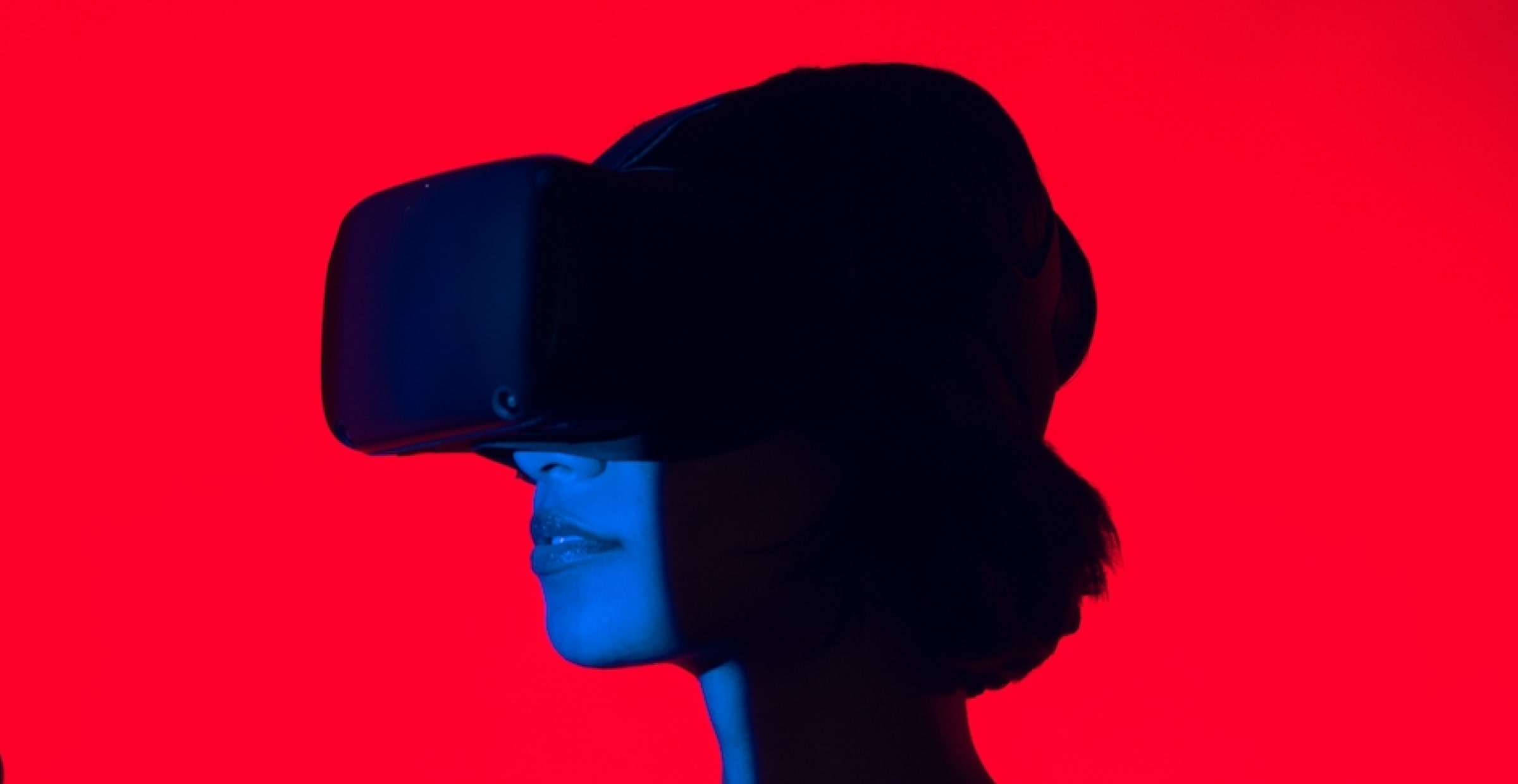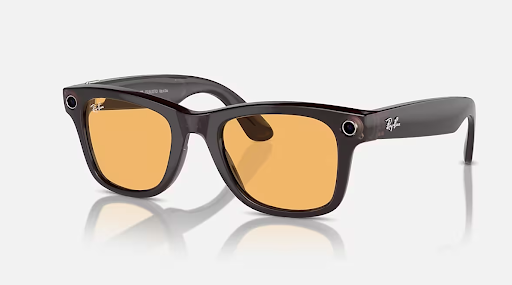Is 2024 the end of the traditional screen?

The following talk is from the DEPT® 2024 Trend forecast event. To see all our 2024 predictions, download the 2024 digital trends report.
While screens have been the cornerstone of digital interactions for decades, their limitations are becoming increasingly evident.
Flat surfaces. Strict dimensions. Detachment from the physical world. These are all problems (or at least mild inconveniences) caused by dependence on traditional screens.
Fortunately, screen fatigue has coincided with generative AI and augmented reality/mixed reality (AR/MR) devices, reconfiguring how people interact with information.
With new tech bursting onto the scene and users flocking to immersive experiences, we believe 2024 is the beginning of the end for traditional screens.
Tides of change
Starting in 2017 and accelerating in 2023, generative AI has enabled humans and computers to talk to each other via large language models. Most commercial and open-source large language models use chat as their primary interface.
- ChatGPT (OpenAI)
- PaLM, Bard (Google)
- LaMDA (DeepMind)
- Llama (Meta)
- BLOOM (HuggingFace)
- Claude (Anthropic)
GPTs, as you think about them today, are primarily implemented within chatbots, but that’s not all they can do. The “T” in GPT stands for transformer, a revolutionary neural network architecture with commercial implications beyond chatbots.
The transformer will have an effect similar to lightbulbs or refrigeration, where commercial applications redefine what we can do and how we interact with information.
One such application is the concept of a “digital agent.” Think of a digital agent as an Alexa or ChatGPT powered by voice. It will know where you are, where you have been, and where you are going. It will also be able to make decisions on your behalf.
When we get to this point, screens become less and less necessary.
Mixed reality of tomorrow
The human-computer interaction of the future will be a symbiotic relationship.
Computers will be equipped with natural language processing, contextual understanding, and the ability to augment human capabilities in the physical world. These devices will overlay visual information atop the physical world. While we might start out with headsets and goggles, eventually, tech and hardware will be powerful enough to fit into something smaller, like glasses.

These devices will see what you see, know where you are, and speak to you about your experiences with the power of an LLM.
Imagine
- Looking out your window to see an overlay of the hourly weather
- Asking, “Where did I leave my keys?” and having an assistant tell you, based on a previous video capture
- Visualize your email as a set of virtual papers that you can move around your desk
The convergence of AR and intelligent agents marks a pivotal moment in human-computer interaction.
Users will experience a seamless blend of digital and physical worlds, enhancing productivity, learning, entertainment, and everyday experiences. The traditional boundaries between the virtual and real will blur, opening new avenues for creativity and innovation.
Future implications and opportunities
We’re moving into a world where computer interaction is no longer confined by aspect ratios and abstract symbols on a 2D slate.
This shift towards AR and intelligent agents presents opportunities across industries. From retail and entertainment to healthcare and education, these technologies will revolutionise how we work, learn, shop, and entertain ourselves.
True multi-model communication-powered augmented/mixed reality and language models will push us back into a natural and fluid way of interacting with information and others.
2024 will begin the shift away from traditional screens. And companies that embrace and innovate within this paradigm shift will gain a competitive edge in shaping the future of digital experiences.



